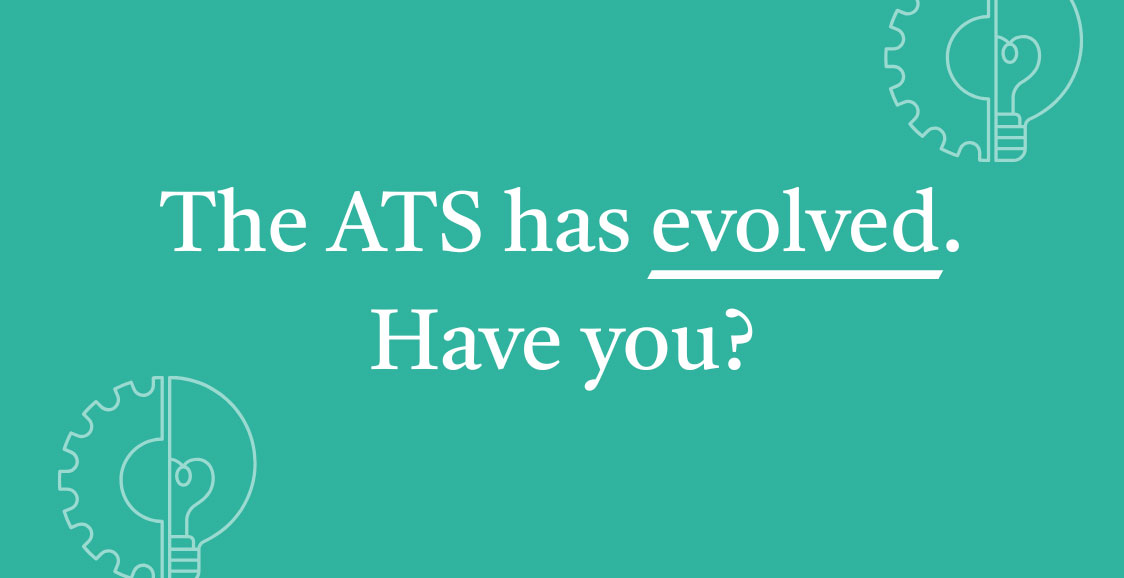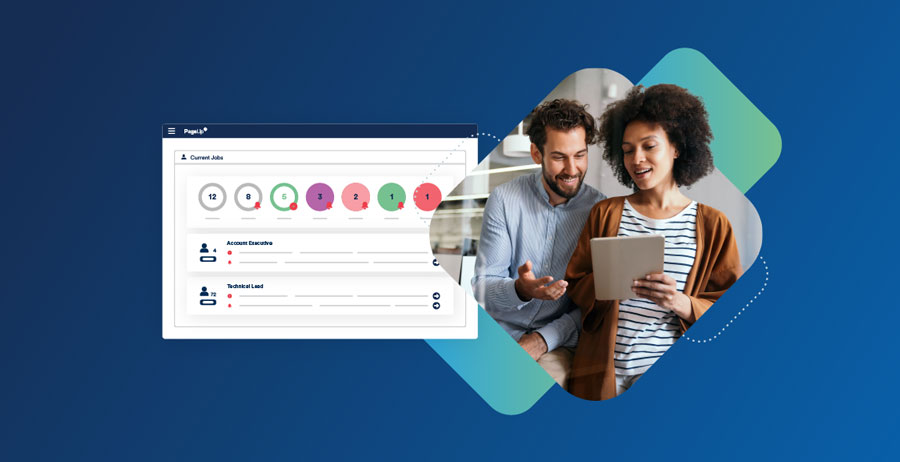Building a solid business case for Human Resources (HR) and Talent Acquisition (TA) technology can feel daunting. But with the right approach, it can become one of your most strategic wins. Whether you’re looking to upgrade your existing ATS, implement recruitment marketing tools, or drive efficiencies across your talent acquisition and people processes, these tips (backed by real advice from HR, IT, and finance leaders) will help you build a case that not only gets attention, but gets approved.
1. Define the problem and tie it to business priorities
Every strong business case starts with pinpointing a clear problem and showing why it matters now. This isn’t just about making TA or HR’s life easier, it’s about solving something that’s holding the entire organisationorganization back.
“Start with really clearly articulating the problem that you’re trying to solve,” said Gokhan Turgut, PageUp’s CFO. “Then bring that to life for decision-makers, tie it to immediate business priorities or problems you know.”
Whether it’s high attrition, manual or inconsistent processes, or slow time-to-hire, make the pain points tangible and urgent.
2. Get early buy-in from more than just HR or TA
It’s not enough to have HR and TA teams on board. The most successful cases are built in partnership with other functions, like finance and IT. The earlier you involve other stakeholders, the more aligned, realistic, and persuasive your case becomes.
“These people are your friends,” said Rhea Dever, VP – People, Culture, & Wellbeing, Northern Michigan University. “If you’re in HR and you haven’t developed those relationships, one of the best things you can do is start there. When the time comes to deliver a business case, they’re sitting right next to you at the table – not across from you hearing about it for the first time.”
Don’t wait until the pitch to get finance and IT involved. Ask for their input, anticipate their concerns, and let them help shape the solution. Your case carries much more weight when they’re in the room advocating with you.
3. Involve users in shaping the solution
When people help create a solution, they’re far more likely to embrace it. Engage your users – including managers, employees, and department heads – early in the process to build strong support.
“They built it,” said Rhea, reflecting on their successful performance management rollout. “We put a note out to a group of managers and employees, ‘We want to create a consistent system, and we want you to drive what that looks like.’ That’s how we got the buy-in.”
It wasn’t about HR imposing a system, it was about solving real problems for real users. And it worked: their completion rate jumped from under 20% to over 60%. Designing a solution that’s shaped by the people who will actually use it, making buy-in a natural outcome, not something you have to fight for.
4. Show ROI (and make it realistic)
It’s not enough to say “this will save us time” or “we’ll improve efficiency.” You need to show it clearly, credibly, and with numbers that hold up under scrutiny. The ROI section is where many business cases fall apart – don’t let yours be one of them.
“The ROI and the calculation are only as good as the assumptions that are applied,” said Gokhan. “Use actual internal data. Be conservative. Provide a range. If we improve time to hire by 5% to 50%, what does that do?”
Use your current performance as a baseline, like your time to hire, cost per hire, agency spend, and project realistic improvements based on proven benchmarks or vendor data. A credible ROI, backed by your finance team, gives decision makers the commercial confidence to say yes.
5. Map the experience alongside the business metrics
Showcase how your HR and TA tech investment improves people’s real-world experiences, not just processes. From smoother onboarding to better candidate communication, emotional impact matters. It’s easy to focus on cost, time, and process, but don’t forget the human side of your business case.
Include pain points, emotional friction, and moments of truth, like easier applications, fairer hiring decisions, or more engaging performance conversations. That’s where your case connects with the people approving it.
6. Build the case around business risks - not just benefits
While benefits are important, surfacing risks of doing nothing can be even more compelling. Frame the investment as risk mitigation, not just improvement.
Call out risks like non-compliance, poor candidate experience, limited visibility on workforce data, or missed hiring goals. Helping leadership see the cost of inaction is a powerful motivator.
7. SocialiseSocialize the case over time (and know when to wait)
The best business cases are rarely approved after one meeting. Instead, they’re built through ongoing conversations, listening, alignment, and timing.
“Sometimes patience is really key,” said Rhea. “We started socializing recruitment marketing technology two years before we were ready to implement… and when we were, the ask was easy.”
If you’ve been told “no,” figure out why. Maybe the organisationorganization isn’t ready. Maybe priorities have shifted. As Thomas Bunton, Kansas State University’s CTO, put it: “If you’ve done all the work – socialisedsocialized it, aligned it, got the business process ready – that’s success. The time will come.”
8. Reframe it as an enterprise tech, not just HR tech
HR systems don’t sit in a silo. They’re enterprise tools that touch every employee, every leader, and every strategic goal. Frame your business case around the broader organisationalorganizational value, not just individual team needs.
“Everyone tech.” That’s how Rhea described HR technology and it’s a game-changing way to position your case. “This isn’t an HR technology solution. This is an enterprise technology solution that happens to support some HR processes.”
Positioning HR tech as essential infrastructure elevates the conversation from nice-to-have to non-negotiable, making the investment easier to justify and the benefits harder to ignore.
9. Show it’s not just a tech project - it’s a culture enabler
The most convincing cases go beyond functionality and show how TA and HR tech support a broader cultural shift, like transparency, agility, or DEI.
Demonstrate how the tech can support cultural goals, from employer branding to DEI to internal mobility. That’s where tech becomes a tool for change, not just efficiency.
10. Address what happens after go-live
It’s not just about choosing the right tool. It’s about ensuring that the tool delivers ongoing value. What does implementation look like? How will the vendor support you?
“Decision makers will want assurance around how the business will be supported post-implementation,” said Gokhan. “Validate that with customer references, SLAs, and product roadmaps.”
Also, consider the solution’s adaptability. Will it scale? Will it evolve with your needs? Can it integrate easily with your existing TA and HR stack? These are all questions you should answer before someone else asks them.
11. Include the future (especially AI)
You’re not just solving for today, you’re setting the foundation for tomorrow. And increasingly, that means showing how your solution will help you stay ahead for years to come.
“Part of your solution needs to be future-focused,” said Rhea. “Be prepared to speak to how you’ll leverage AI, what exists now and what’s coming.”
Vendors with AI-powered tools or a clear innovation roadmap can help you make a case that’s not only strategic today, but future-proofed for what’s next. Make sure you ask what they have available to support your case.
Final thoughts
A strong business case for HR and TA tech isn’t just a document, it’s a journey. It’s built on relationships, rooted in reality, and driven by strategy. As Thomas said, “These things don’t take years to implement. But they do take years to plan right.”
So start now. Build the relationships, gather the data, understand the problem, and when the time is right, your case will be too strong to ignore.
Time to start planning your business case? Watch our on-demand webinar for more tips from our experts and download our business case guide.





